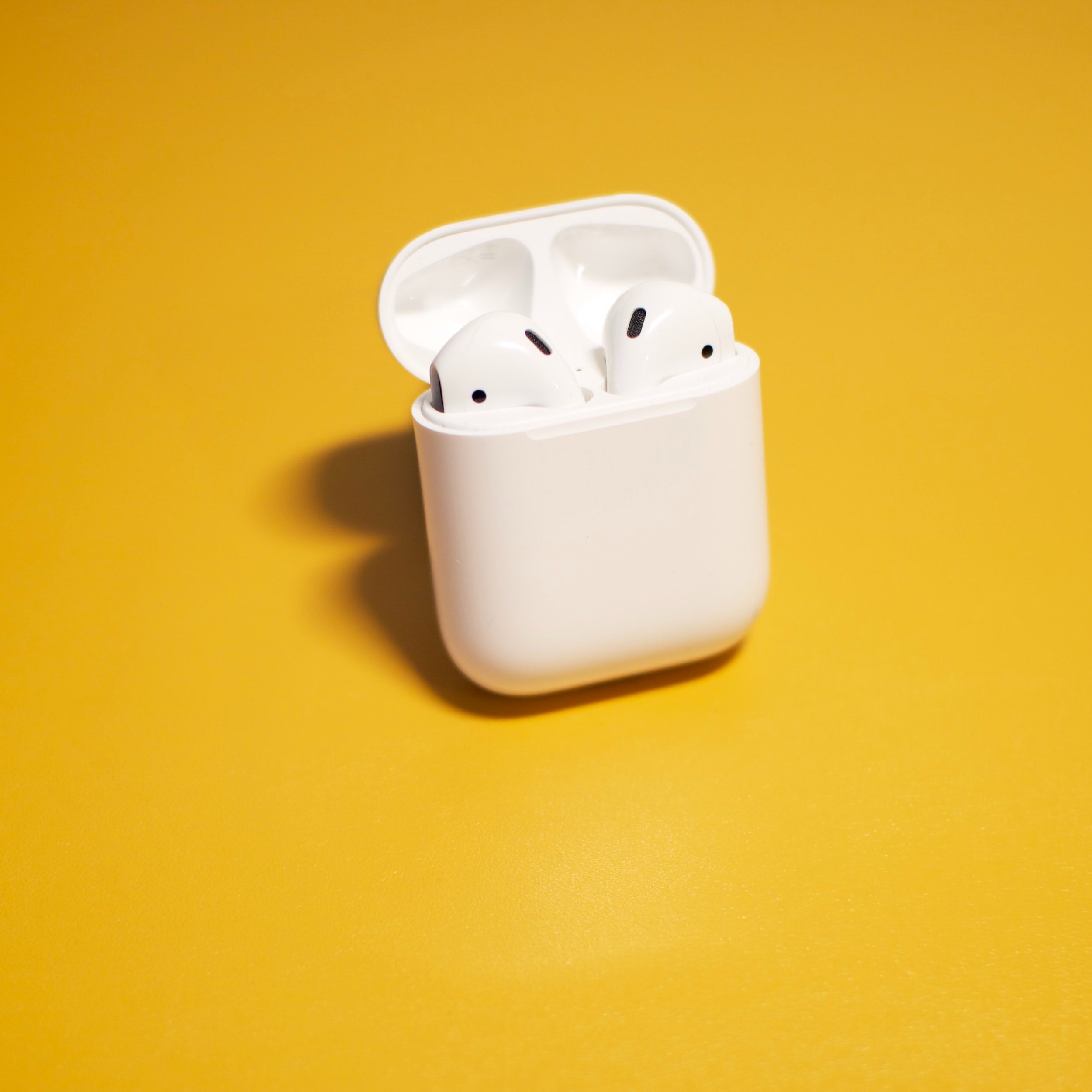One of the most awaited events in the world of technology is finally here. For those who don’t know, around September of every year, Apple unveils the newest addition to its iconic line of iPhones.
Last year, the event was held in October due to COVID-related delays. This year, however, the event is back on track, and, like every Apple event, it is super-hyped.
It’s debatable whether the hype is deserved. On the one hand, as its former CEO Steve Jobs explained in typical fashion, Apple “doesn’t ship junk.” It makes premium products especially renowned for their singular, elegant, minimal design.
But so do other manufacturers when it comes to their flagship, top-of-the-line devices. And that’s what the other faction bemoans: the products are overpriced symbols of status, marketed aggressively, almost fanatically.
Love it or hate it, publicity is publicity. Its ‘fanboys’ hold a reverence for its trademark aesthetics and ‘genius for innovation’ — a reverence we ordinarily reserve for art. Entire websites and YouTube channels are dedicated exclusively to covering its products.
And so, love it or hate it, many of Apple’s products will go down in history as iconic. Here are 7 of our favorites of the past decade.
1. iPhone 5S (September 2013)
Unlike its predecessor, the iPhone 5, the iPhone 5S did not change in design. Compared to its predecessor, the iPhone 4S, the iPhone 5 was slightly taller and thinner. The iPhone 5S looked identical except that it featured Touch ID — Apple’s beloved, highly reliable, and secure way to unlock your Apple device with your fingerprint. Apple has always been a proponent of privacy, and Touch ID was a big step in ensuring it.
2. iPad Pro (April 2021)
Apple released its first iPad in January 2010. The iPad was the smartphone and computer pioneer’s first 9.7-inch, tablet-sized device — kind of like a bigger iPhone. The iPad was a hit and eventually expanded into three different variants: iPad Air, iPad Mini, and iPad Pro. People still read, play games, and watch videos on their iPad, but the iPad Pro 2021 is a different animal altogether. It packs the same processor the latest MacBook has — the M1 chip, enabling content creators to sketch, design, edit, and render videos. On an iPad!
The newest iPad Pro is Apple’s most powerful yet — almost a computer. Almost. Because it lacks a mature operating system like the macOS. And critics argue that’s always how it will be. Think about it: equipped with a mature OS, if the iPad Pro delivers whatever we expect from, say, the MacBook Air, we wouldn’t have any reason to buy the MacBook Air. That’s cannibalism.









